The Black Sea Walnut, commonly known as the English Walnut or Persian Walnut, is a versatile and valuable tree belonging to the Juglandaceae family. Native to regions spanning from Europe to Central Asia, this hardy, woody plant thrives in hardiness zones 3 to 7. Known for its spreading canopy and striking appearance, it’s prized for providing both ornamental beauty and a bountiful harvest of edible nuts.
This sun-loving tree grows best in areas with full sunlight and moderate maintenance needs. It adapts well to temperate climates but performs poorly in hot, humid regions. With proper care, the English Walnut can become a long-lasting, rewarding addition to any landscape, offering shade and a generous yield of flavorful walnuts.
| Common name | Black Sea Walnut, Common Walnut, English Walnut, Persian Walnut |
| Botanical name | Juglans regia |
| Family | Juglandaceae |
| Species | regia |
| Origin | Europe to Central Asia |
| Life cycle | Woody |
| Plant type | Edible |
| Hardiness zone | 3, 4, 5, 6, 7 |
| Sunlight | Full Sun |
| Maintenance | Medium |
| Soil condition | Clay |
| Soil ph | Neutral |
| Drainage | Well-Drained |
| Spacing | more than 60 ft. |
| Harvest time | Fall |
| Flowering period | Spring |
| Height | 4- 60 ft. |
| Flower color | Gold, Yellow |
| Leaf color | Green |
| Fruit color | Green |
| Stem color | Brown, Copper |
| Fruit type | Nut |
| Fruit benefit | Edible |
| Leaf benefit | Fragrant |
| Garden style | Edible Garden |
| Uses | Lawn |
I. Appearance and Characteristics
Juglans regia, the Persian walnut, English walnut, Carpathian walnut, Madeira walnut, or, especially in Great Britain, common walnut, is an Old World walnut tree species native to the region stretching from the Caucasus eastward to the Kashmir region. It is widely cultivated across Asia, Northern America and Europe.
It is the origin of cultivated varieties which produce the edible walnut, consumed around the world. China is the major commercial producer of walnuts.
Juglans regia is a large deciduous tree, attaining heights of 25–35 meters (80–120 feet), and a trunk up to 2 m (6 ft) in diameter, commonly with a short trunk and broad crown.
The bark is smooth, olive-brown when young and silvery-gray on older branches, and features scattered broad fissures with a rougher texture. Like all walnuts, the pith of the twigs contains air spaces; this chambered pith is brownish in color. The leaves are alternately arranged, 25–40 cm (10 to 16 in) long, odd-pinnate with 5–9 leaflets, paired alternately with one terminal leaflet. The largest leaflets are the three at the apex, 10–18 cm (4 to 7 in) long and 6–8 cm (2 to 3 in) broad; the basal pair of leaflets are much smaller, 5–8 cm (2 to 3 in) long, with the margins of the leaflets entire.
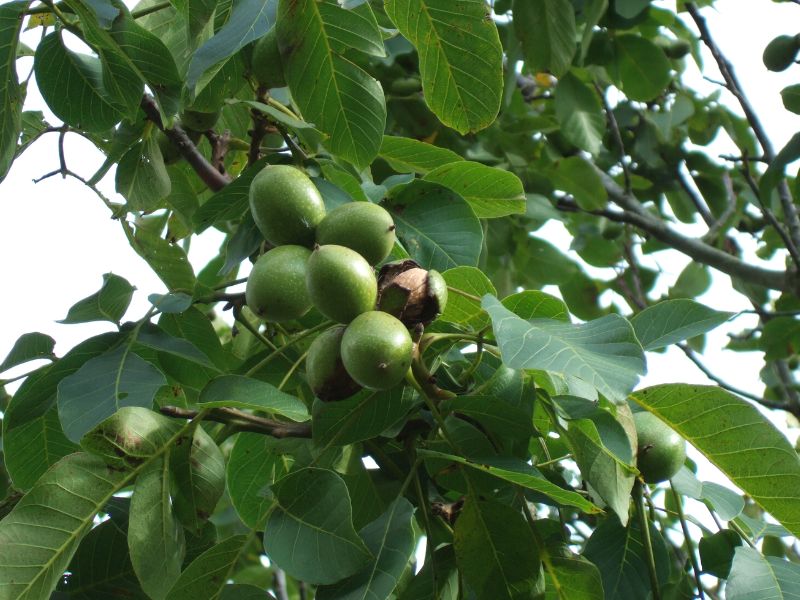
The male flowers are in drooping catkins 5–10 cm (2 to 4 in) long, and the female flowers are terminal, in clusters of two to five, ripening in the autumn into a fruit with a green, semi fleshy husk and a brown, corrugated nut. The whole fruit, including the husk, falls in autumn; the seed is large, with a relatively thin shell, and edible, with a rich flavor.
It tends to grow taller and narrower in dense forest competition. It is a light-demanding species, requiring full sun to grow well.
Juglans regia is infested by Rhagoletis juglandis, commonly known as the walnut husk fly, which lays its eggs in the husks of walnut fruit.
Other plants often will not grow under walnut trees because the fallen leaves and husks contain juglone, a chemical which acts as a natural herbicide. Horses that eat walnut leaves may develop laminitis, a hoof ailment.
II. How to Grow and Care
Sunlight
The English walnut does not demand much, but full sun is on its list of must-haves. For your tree to thrive and produce a prolific amount of walnuts, plant it in an area that receives at least six hours of direct sun a day. You will notice some deficits in production and growth if your walnut tree is not given ample light.
Temperature and Humidity
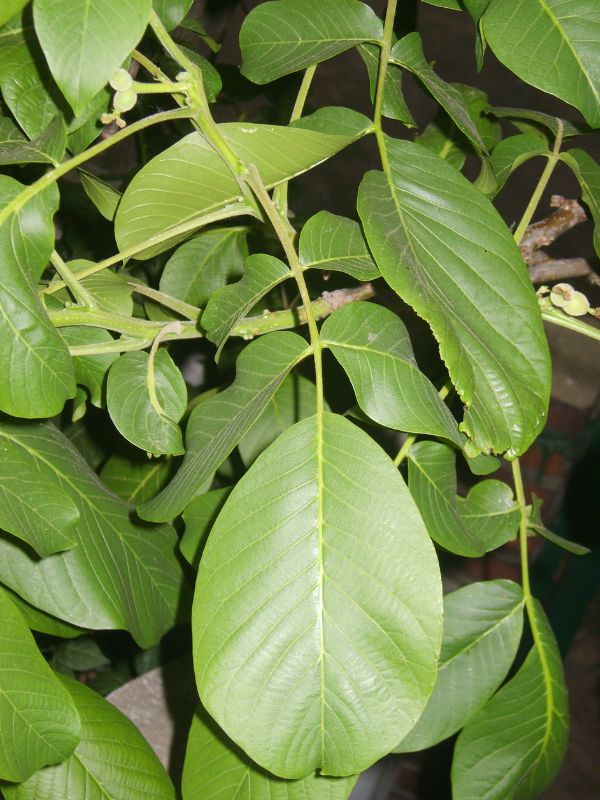
Avoid hot and humid weather and climates; the English Walnut prefers the cooler climates associated with USDA zones 3-7.
Watering
Your newly planted English walnut tree needs to be watered weekly throughout the spring and summer of the first two growing seasons of its life using a soaker hose to avoid wetting the foliage. Use the standard of two to three gallons of water per diameter inch of trunk, measured by caliper at chest height. Be sure to release the water slowly so that it penetrates deep into the soil without running off. Slow release watering bags, which extend watering for hours, can assist with this. Once established, taper your irrigation off to a biweekly schedule, using a straight diameter instead of a caliper measurement.
Soil
The English walnut is a big tree, and it will require deep soil to support its root system, which grows very deep. That deep soil should also be fertile and full of plenty of organics while still draining adequately. The tree prefers a pH range of 6.0 to 6.5.
Fertilizing
Give your tree a regular boost of fertilizer in the spring. Using a slow-release, high-nitrogen fertilizer with ammonium sulfate will help keep your plant growing vigorously through the growing season. For the amount to use, follow product label instructions.
Pruning
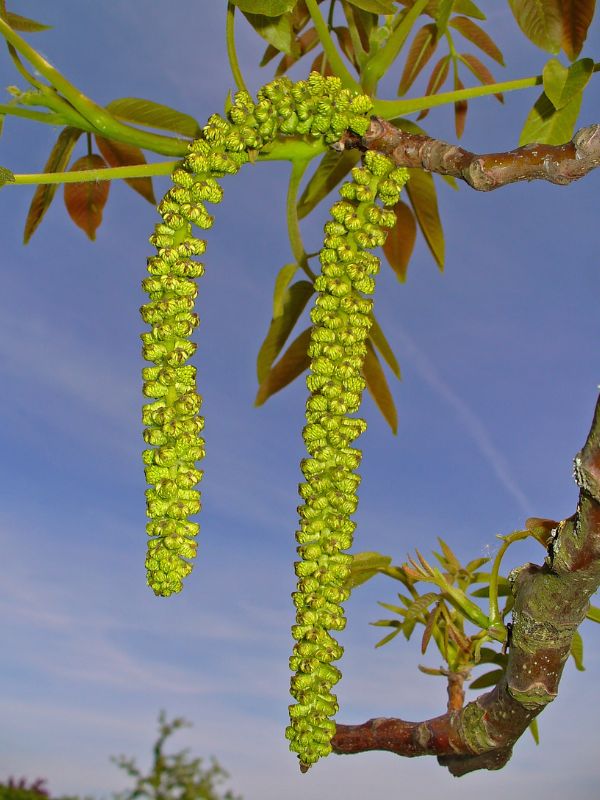
Pruning your English walnut should be done annually in the winter to establish a strong single leader and rounded crown structure with good lateral branching. This will allow plenty of room for your walnuts to grow. When doing these cuts, it is important to look for any weak, dead, or damaged branches and remove them. Eventually, your tree will outpace your ability to make safe cuts with either a handsaw or a pole saw, and it will be best to call in a licensed arborist to do the work for you. Remember never to use a chainsaw from a ladder.
Propagation
It is easy to grow English walnuts from seed if you follow a few simple steps, but the easiest way to grow a walnut tree and fastest way to produce a harvest is by buying a young tree. If you still want to try the seed propagation method here it is in five easy steps:
- Collect walnuts after they fall.
- Remove the hulls and then place the nuts in a glass of water. Nuts that float are not viable and can be thrown away (or eaten). Good, viable nuts will sink to the bottom of the glass.
- The viable walnuts will need to stratify (i.e., be exposed to cold and moist conditions that mimic winter conditions underground). Stratification can be done by placing the nuts in a sandwich bag filled with a moist sand and peat mix. Put the bag in the veggie drawer in your fridge for 90-120 days. Alternatively, you can plant the nuts directly in the ground in the fall for a less controlled result.
- After stratification, remove each nut and plant it two inches deep and wait for it to germinate.
- Care for the sapling and plant in the landscape when it reaches a sturdy size. Wait about eight years to collect your first harvest of walnuts.
Pests and Diseases
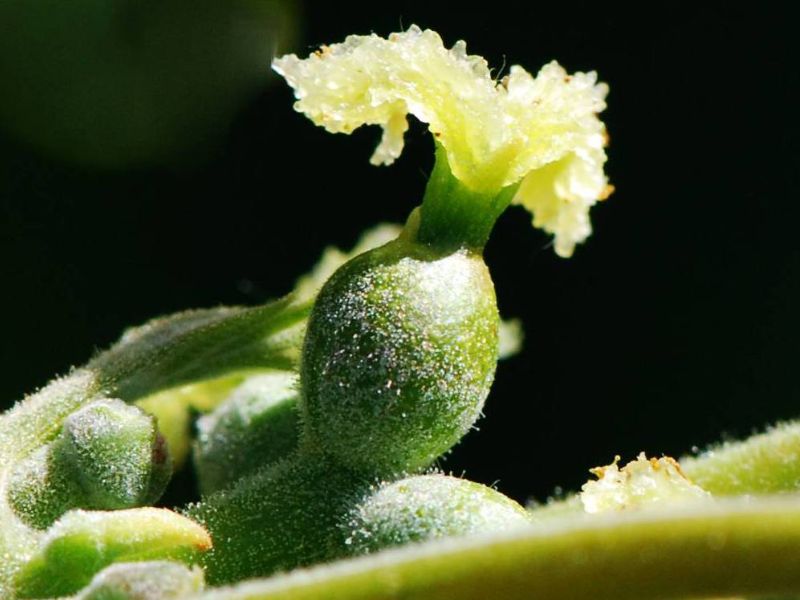
Walnut husk fly is the pest that is of most concern in regards to English walnuts. Fly larvae feed on walnut hulls and make their removal difficult. The walnuts will still be edible but less desirable as a food crop. To combat this pest, place landscape fabric under the tree canopy in late summer to prevent larvae from entering the soil. Additionally, remove all nuts that fall to the ground. Sprays labeled for homeowner use to control walnut husk fly can be used, but be sure to consult the labels for exact instructions and warnings.
The most serious disease for English walnuts is thousand cankers; the disease is caused by a fungus that the walnut twig beetle spreads. The disease is named thousand cankers due to the number of cankers that can occur in a single tree. Symptoms will include yellowing and thinning of foliage in the upper crown, branches dying off, wilting foliage, and eventually tree death. Once infected and symptoms appear, a tree will die in three years or so.
III. Uses and Benefits
Uses
Juglans regia is an extremely important plant that has more uses than meets the eye. It is spread across Europe and is used for several manufacturing purposes. Walnuts from Juglans regia are popular and are consumed around the world. Moreover, Juglans regia can live up to 150 years.
However, the entire tree is extremely useful and can be profitable for the grower.
Here are some of the major uses of Juglans Regia:
- The trunk and branches from Juglans regia are useful in the manufacturing of wood, paper, ply, and timber.
- The walnuts from Juglans regia are consumed worldwide and are used to create a variety of cuisines.
- Walnut extracts are highly used in cosmetic and skincare products.
- Walnut oil is used to make hair care products.
Benefits
Juglans regia is known to produce walnuts. Walnuts themselves are extremely popular as dry fruits and are known for their several health benefits. They can be consumed to improve brain activity, and their rich nutrients help strengthen muscles. Walnut bark also has several medicinal properties, so having this tree at home can be extremely beneficial for you.
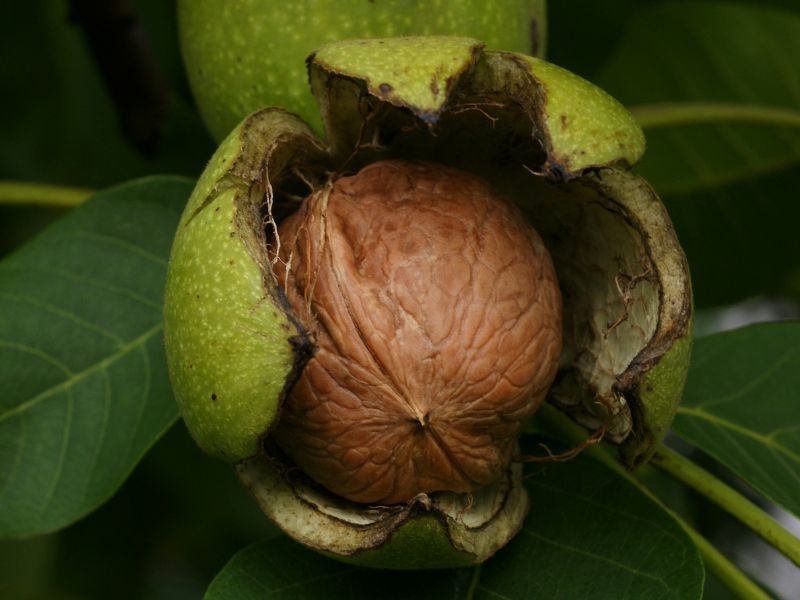
Here are some of the top health benefits of Juglans regia that you should know:
- Improves heart health
Walnuts are said to improve heart health in many ways. They are known to decrease low-density lipoprotein (LDL) cholesterol that prevents the clogging of arteries. Additionally, they help balance blood pressure and reduce oxidative stress. Their anti-inflammatory characteristic helps in controlling the inflammation of the arteries and prevents the risk of cardiovascular diseases.
- Treats diabetes
Walnuts are ideal snacks that might help to reduce blood sugar levels. Studies have revealed that walnut consumption can indicate a lower risk of type 2 diabetes in women. Therefore, people who have blood sugar problems can take walnuts to improve their health.
- Stimulates brain activity
Walnut consumption can help to increase serotonin levels in the brain. This chemical is known to help the body convey signals from one area of the brain to another. This allows a person to have an improved learning ability and a great memory. Children are especially recommended to eat walnuts for better memory.
- Reduces obesity
Walnut is an excellent source of protein and dietary fibre. These nutrients are extremely important for decreasing fat absorption. They keep the stomach full and avoid overeating. Additionally, they help burn fat faster and aid in weight loss.
- Antioxidant properties
Walnut contains phenolic compounds that can help perform antioxidant functions. Additionally, it helps remove harmful radicals from the body that can cause several diseases.
- Cures fatigue
Walnuts can help provide energy to the body and reduce fatigue levels. It has several nutrients that help in energy formation and keeps the body active for a long time.
- Improves oral hygiene
Walnut bark is known to act against microbes like Staphylococcus aureus, Streptococcus mutans, Escherichia coli, Pseudomonas aeruginosa, and the yeast Candida albicans. Additionally, it can be helpful in curing gum infections and reducing plaque formation in the teeth.
- Helps gut microbiota
Walnuts are said to help increase the number of healthy bacteria that is found in the gut. These bacteria fight against various gastrointestinal diseases and help maintain gut health.
- Aids to improve mental health
Walnuts help produce serotonin in the brain. They are also an excellent source of omega-3 polyunsaturated fatty acids (PUFA), Vitamin E, polyphenols, and melatonin. These compounds can influence the brain and help to improve mood and eliminate depression, and anxiety.
IV. Types of English Walnut Trees
There are many cultivars of English walnut trees currently available, and more are being developed yearly. Each cultivar is specifically selected for a unique trait that makes it superior to the straight species. As English walnut is such a predominant food crop, most of these traits are developed to highlight needs in crop production, such as frost hardiness or nut production. The cultivars that highlight one trait are often placed on the rootstock of another cultivar or species to capture that host plant’s more favorable trait. Some examples of well-known cultivars are:
- Juglans regia ‘Caspian’ leafs out late to help avoid late-spring frosts.
- Juglans regia ‘‘Chaldoran’ has medium vigor and high fruit-bearing potential which offsets the risks of late-frost damage.
- Juglans regia ‘Alvand’ is a slow-growing tree with abundant fruiting potential and long flowering season to offset frost damage risk.
- Juglans regia ‘Chandler’ is a cultivar developed at the University of California at Davis that is highly productive with medium-large, plump, light-colored kernels that have outstanding taste. One of the most popular cultivars available.
Find Where to Buy the Best Persian Walnut (Juglans regia)

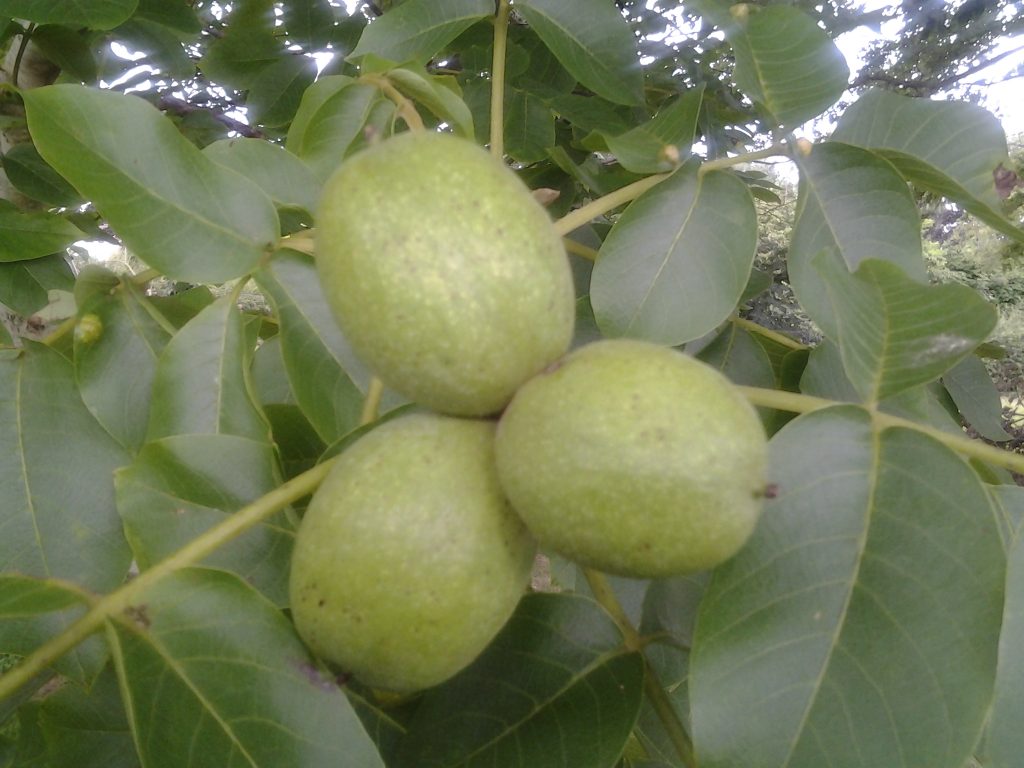








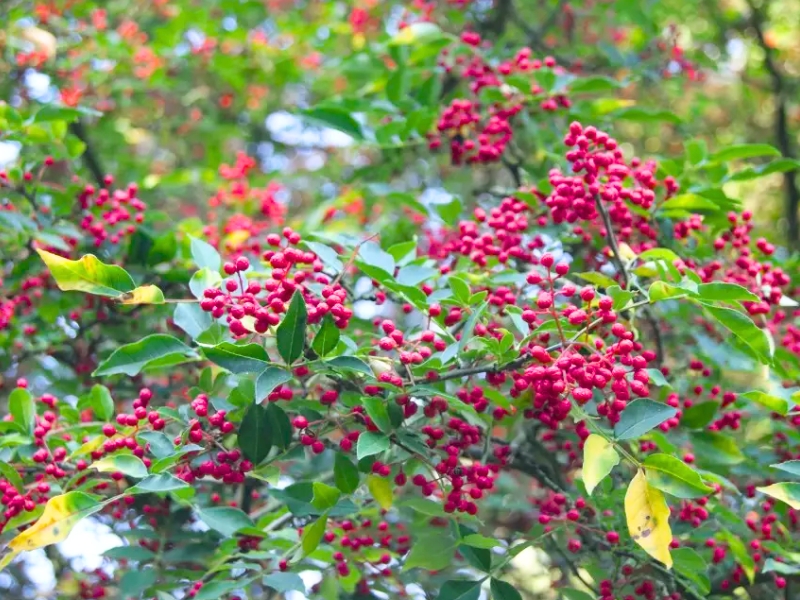
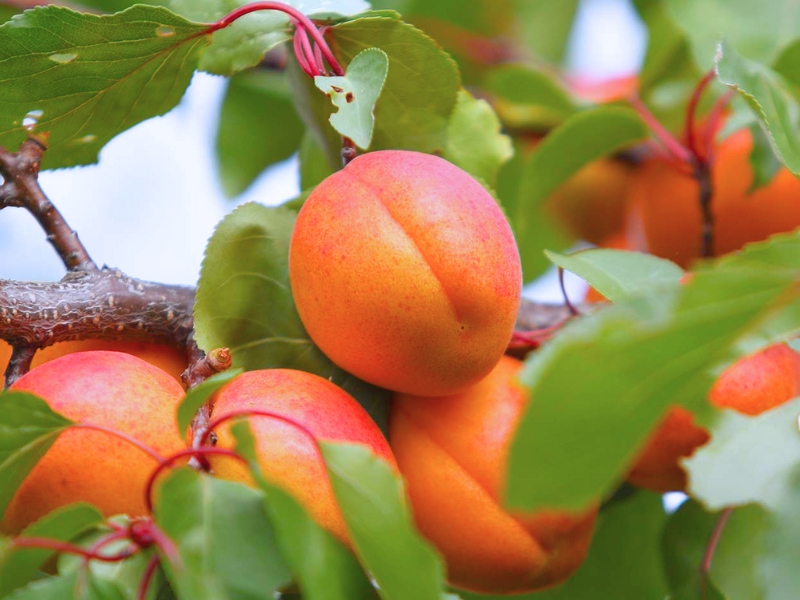
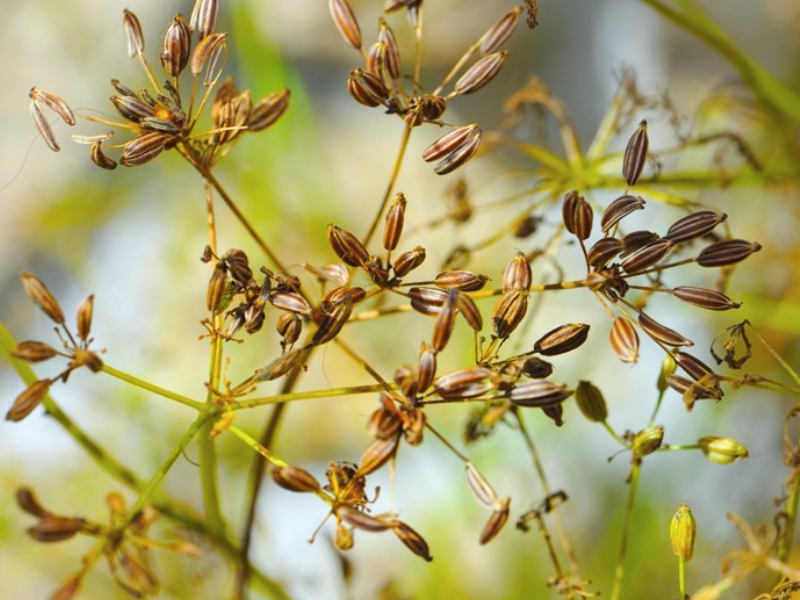
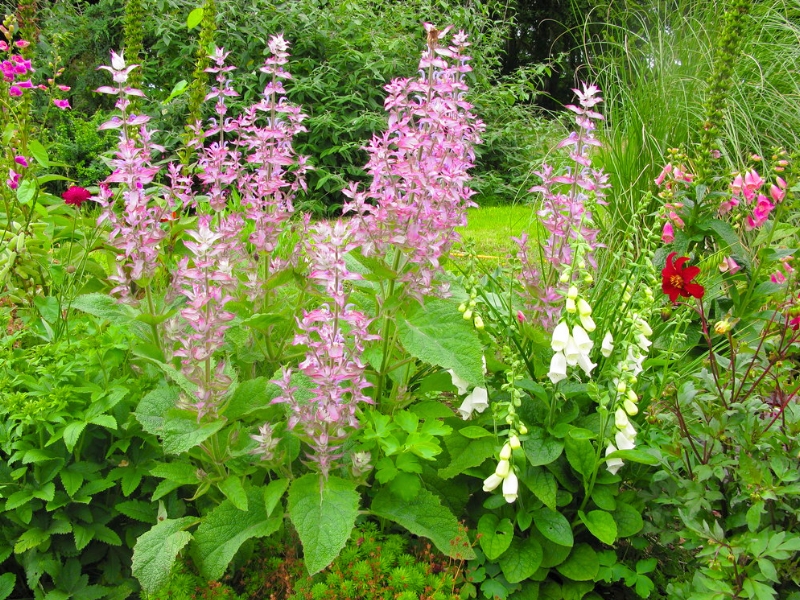
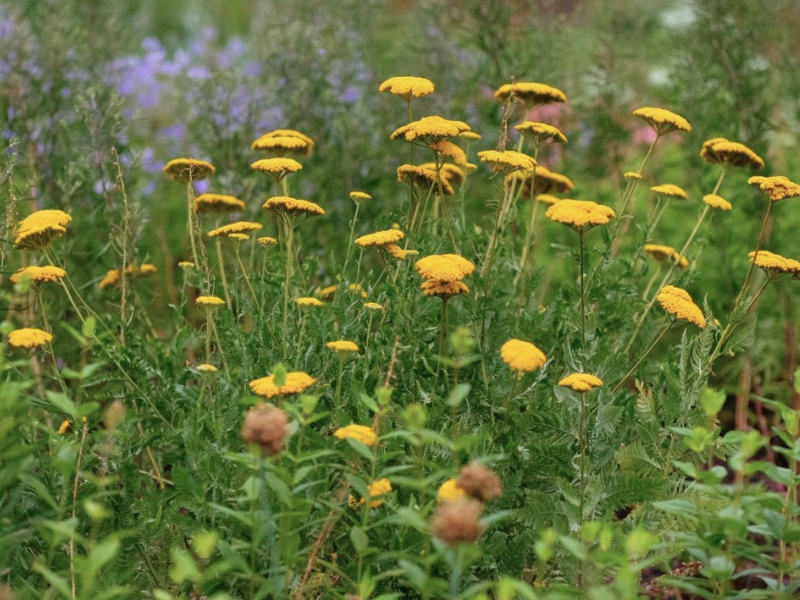
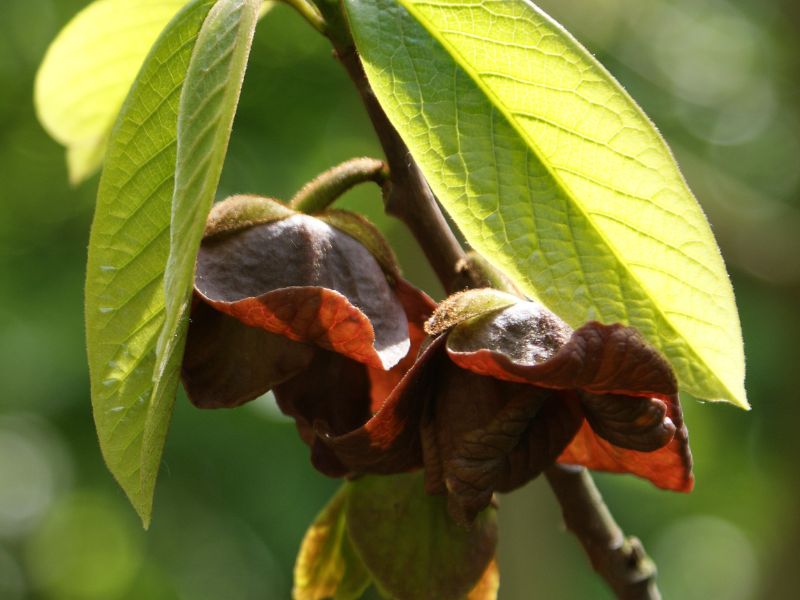
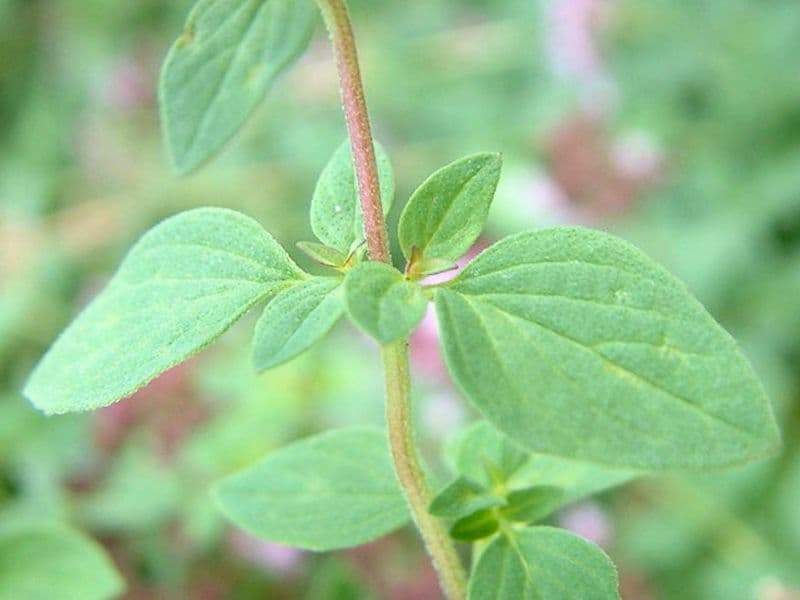
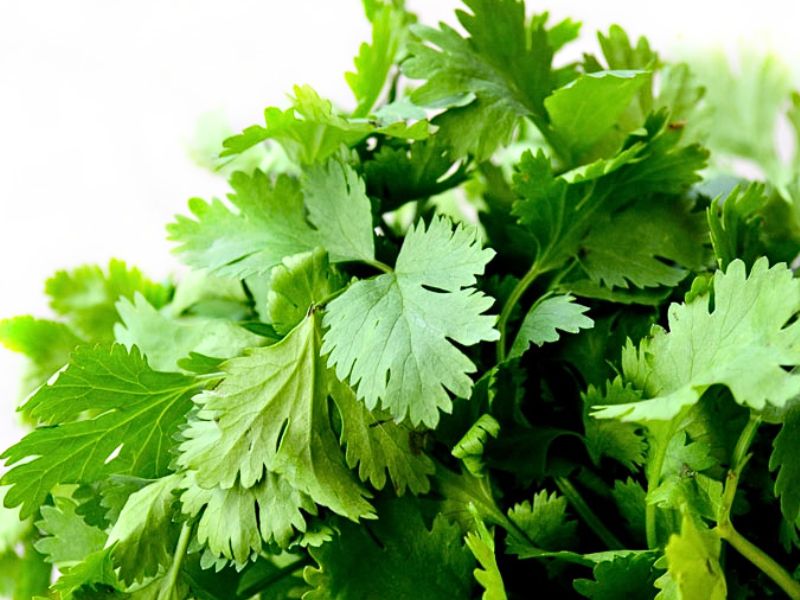
Leave a Reply